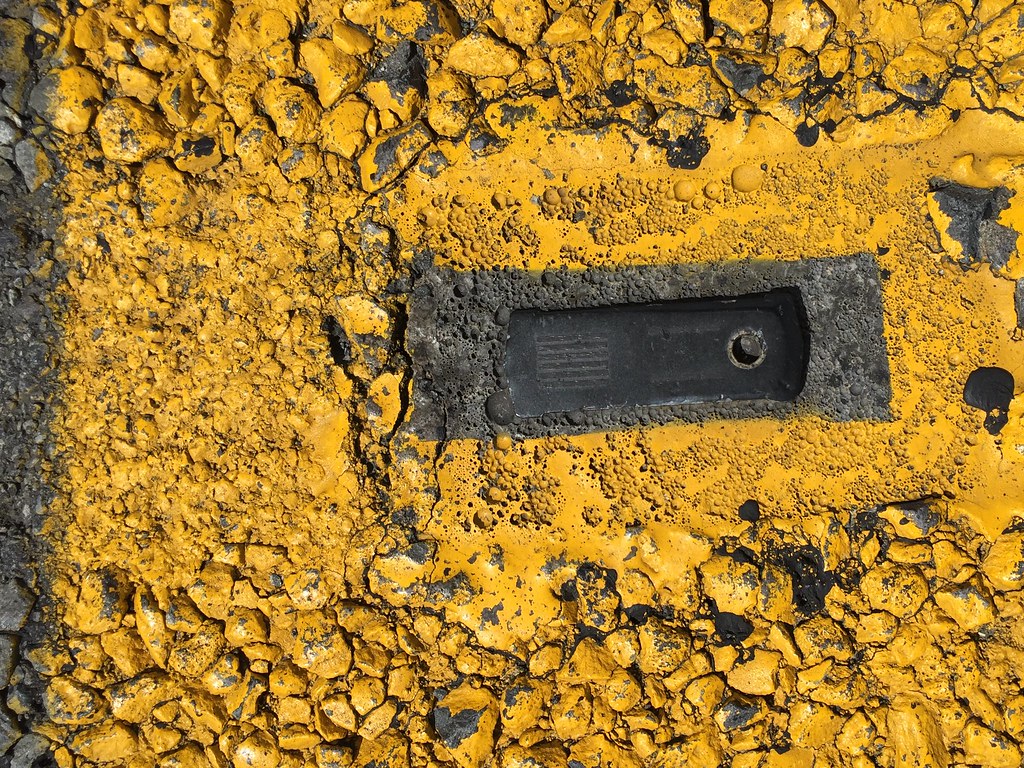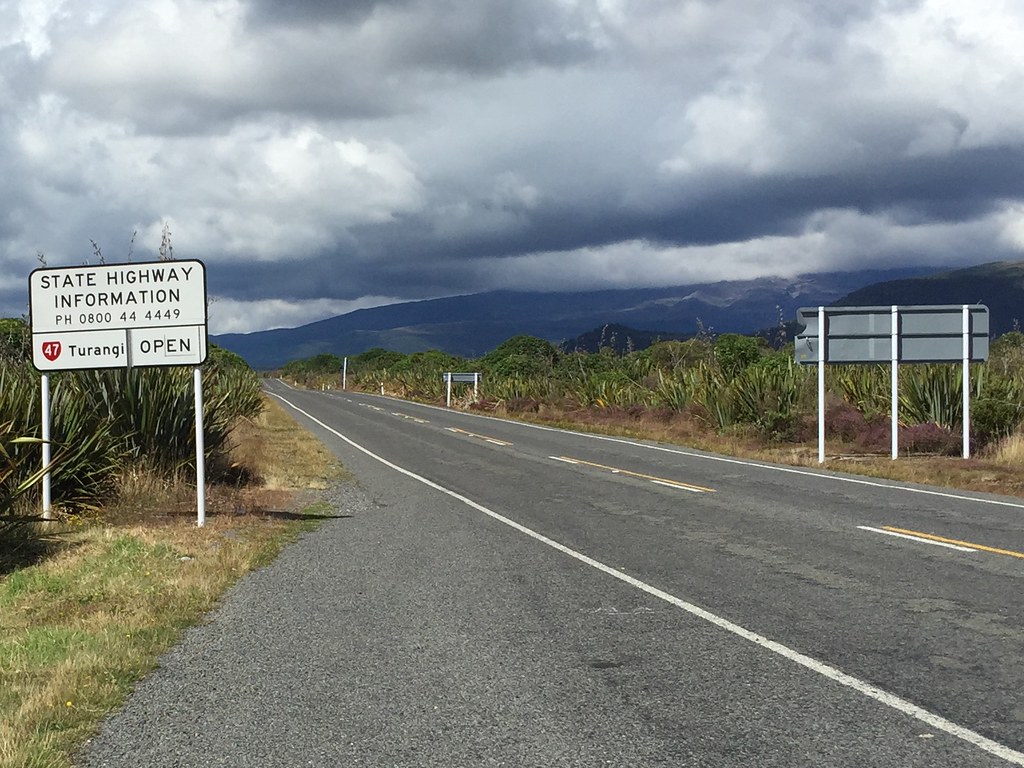NZ Day 19: Logistics
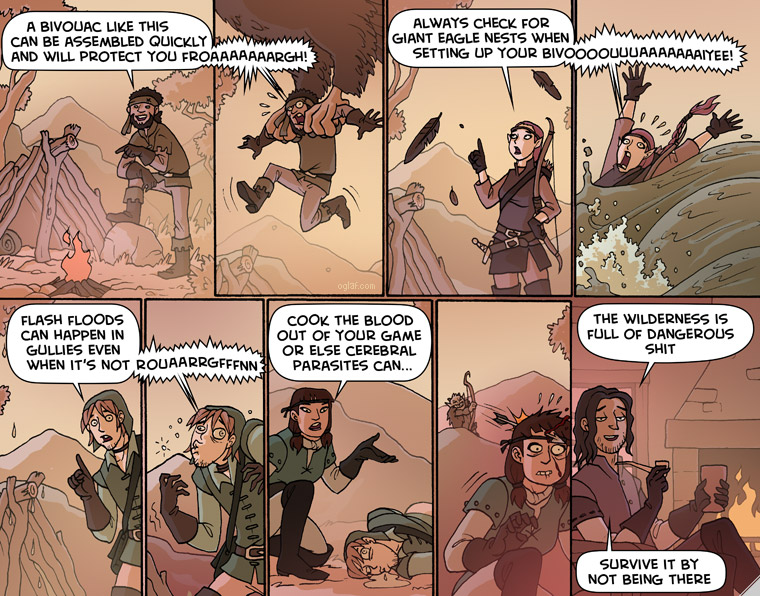
We were up and about with plenty of time to wait for the shuttle that would take us safely up the mountain, but Kerry wasn’t feeling well, so we sat around in the sun near the depot instead of doing our usual excited exploring. While we waited, a group of girls from a Christian school asked if they could sing us a song as part of a “scavenger hunt” their class was participating in. I couldn’t help recording the show – it was amusing and a bit weird.
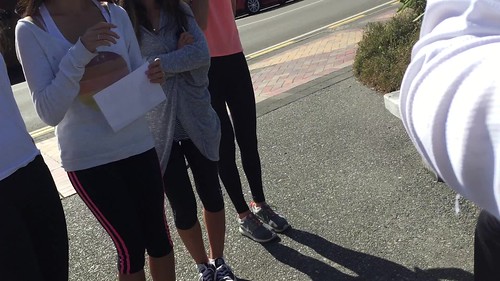
Kerry noticed that there were bees flying around the station, hunting moths. It was some kind of moth genocide, in fact. A bee would fly up to the plants near the bench, locate and carefully land on a moth, then methodically cut its head off. The headless corpse would drop onto the sidewalk, and the bee would fly on to the next moth. Perhaps this was an evolved form of pest control for the plants that sustained the bees?
As an aside, I’ve often wondered how modern farmers exploit these relationships between predator and prey. Everything has a predator, right? Wasps hunting caterpillars, beetles hunting aphids… It sounds like a fascinating area to study. I remember buying a box of ladybugs to protect my backyard lettuce crop, but the little jerks all flew and crawled away without seeming to notice the eggs and aphids I wanted them to eat. Bah!
The shuttle from Ohakune to National Park arrived with a bike trailer designed for regular bikes, but with a little guesswork we managed to get the recumbents secured.
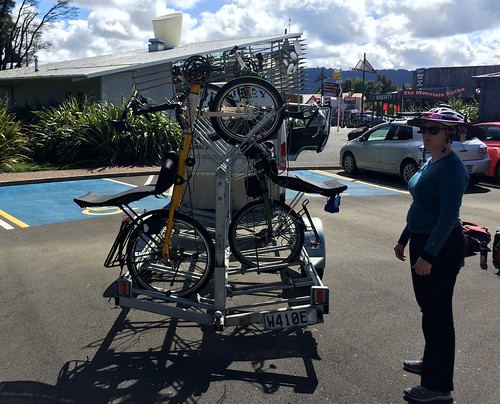
We were traveling off-schedule and hadn’t bothered to book a room in advance, so we rode around National Park and scoped out the options. We wanted to be comfortable during our brief downtime, and that meant a clean place with thick walls and plenty of hot water – and internet, since I had plenty of photos to upload. We settled on the Plateau Lodge, and Kerry laid down for a nap while I rode out to explore the town a bit.
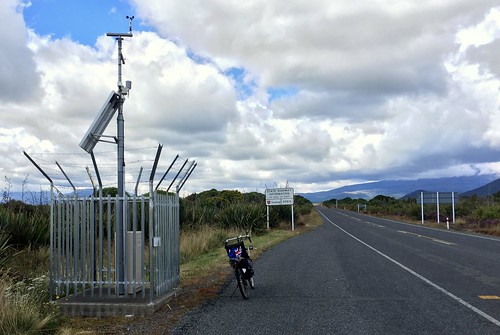
Here’s the automated weather station outside of National Park. There’s a line buried in the road leading out to some kind of sensor under one of the lanes. I’m not sure what it’s for – perhaps an electromagnet to count cars?
To the north I could see a long sheet of storm clouds weaving itself around the base of the mountains where we planned to embark on the Tongariro Crossing the next day. The weather was not going to cooperate, and in any case, Kerry was probably going to be too weak to attempt the crossing. Our schedule needed to change.

Here’s how they indicate whether the highway is passable. Road crews can change the sign from “open” to “closed” by flipping a metal plate back and forth. Pretty nifty.
I like how they put in a metal flap to hold the plate down during storms. The flap is held in place with a twisted piece of wire, and I couldn’t help thinking that if this was in the United States, there would have to be a padlock on it instead just to keep pranksters from flipping the sign as a joke.
I ate some snacks from a local gas station, chatted on the phone with a few family members, and rode back to check on Kerry. She was up, so we tackled the next thing on our to-do lost: Locating the box with our sleeping bags that we’d shipped to Adrift Outdoors, the river touring company.
We couldn’t locate the Adrift Outdoors office, so we called the shipping company to ask exactly where they’d delivered the box. They left it with the staff at the restaurant on Waimarino Tokaanu Road. Confusing. We located the restaurant and quizzed the cook, and he said he used to have the box, but a week ago he took it to the office in the back of the building, so we went around there and found a sliding door with a bunch of rafting equipment visible behind it – but the door was locked.
I dug through my emails and found a phone number for Adrift Outdoors and called it, standing around in the parking lot. The woman who answered explained that Adrift Outdoors wasn’t actually run from the office in the restaurant, but that’s where everybody met up to prepare for each excursion in the morning, so it was the most sensible place to put a map marker. I had to agree. But what about the box?
“We haven’t received any sleeping bags here, sorry. We did get a strange box a week or so ago.”
“A strange box? What was in it?”
“Just a couple of metal plates, with wheels attached, and cloth straps wound around them.”
Ahah. Somewhere along the line, the shipping company messed up, and the hardware we use to move the bicycle boxes around at the airport was sent to National Park, and our sleeping bags got sent ahead to New Plymouth where we would be disassembling the bikes. Not a showstopper; we could just borrow some sleeping bags from Adrift Outdoors, and carry the metal plates from here to New Plymouth.
We talked with the Adrift manager for a while about the weather, which wasn’t looking good due to an approaching cyclone. Our best option would be to move the canoe trip up a few days, starting it tomorrow, and do the Tongariro Crossing afterwards, perhaps with a day of rest in between.
So we ate dinner, then rode home to pack up for the canoe trip!
Packing list:
- covered sandals
- shorts
- light top
- 2 warm tops
- a waterproof rain jacket
- sun hat
- sunglasses
- suntan lotion
- personal medical needs
- set of spare warm clothing to change into at night including underwear
- 2 pairs of socks
- water bottle
- sleeping bag
- camera

